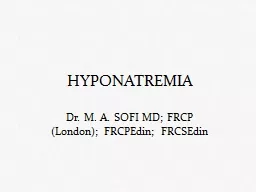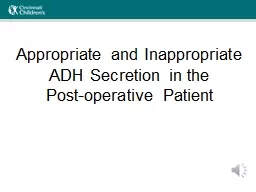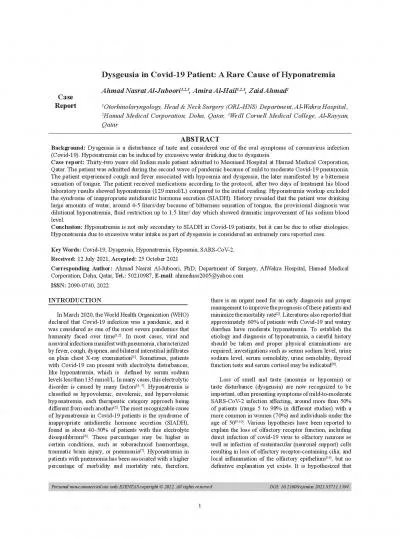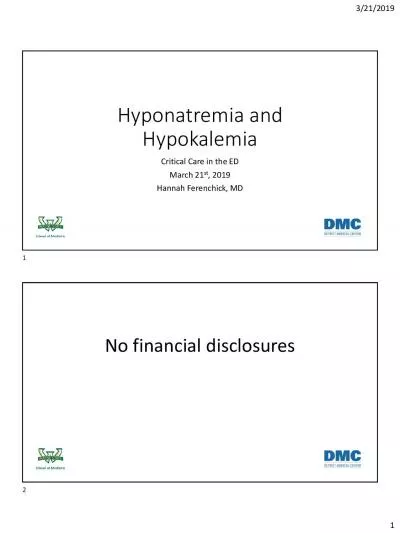PPT-Incidence, Risk Factors, and Short-Term Outcomes Associated with Hyponatremia in the
Author : test | Published Date : 2018-10-30
GuillainBarré Syndrome A Nationwide Analysis of Hospitalizations in the United States Kavelin Rumalla 1 Adithi Y Reddy 1 Manoj K Mittal 2 1 University of MissouriKansas
Presentation Embed Code
Download Presentation
Download Presentation The PPT/PDF document "Incidence, Risk Factors, and Short-Term ..." is the property of its rightful owner. Permission is granted to download and print the materials on this website for personal, non-commercial use only, and to display it on your personal computer provided you do not modify the materials and that you retain all copyright notices contained in the materials. By downloading content from our website, you accept the terms of this agreement.
Incidence, Risk Factors, and Short-Term Outcomes Associated with Hyponatremia in the: Transcript
Download Rules Of Document
"Incidence, Risk Factors, and Short-Term Outcomes Associated with Hyponatremia in the"The content belongs to its owner. You may download and print it for personal use, without modification, and keep all copyright notices. By downloading, you agree to these terms.
Related Documents














